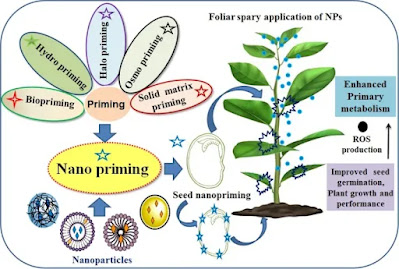J. Agric. Food Chem. 2022, 70, 27, 8274–8287
The antidiabetic effects of Fu brick tea aqueous extract (FTE) and its underlying molecular mechanism in type 2 diabetes mellitus (T2DM) mice were investigated. FTE treatment significantly relieved dyslipidemia, insulin resistance (IR), and hepatic oxidative stress caused by T2DM. FTE also ameliorated the T2DM-induced gut dysbiosis by decreasing the Firmicutes/Bacteroidota (F/B) ratio at the phylum level and promoting the proliferation of Bifidobacterium, Parabacteroides, and Roseburia at the genus level. Besides, FTE significantly improved colonic short-chain fatty acid levels of T2DM mice. Furthermore, the antidiabetic effects of FTE were proved to be mediated by the IRS1/PI3K/Akt and AMPK-mediated gluconeogenesis signaling pathways. Metabolomics analysis illustrated that FTE recovered the levels of 28 metabolites associated with T2DM to the levels of normal mice. Taken together, these findings suggest that FTE can alleviate T2DM by reshaping the gut microbiota, activating the IRS1/PI3K/Akt pathway, and regulating intestinal metabolites.






